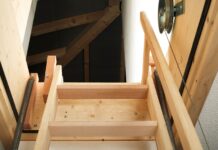Drafts are more than just a nuisance; they can significantly impact our comfort and increase energy bills. Many homes, especially those with exterior windows, suffer from drafts that let precious warm air escape during winter and cool air slip away during summer.
These drafts are often caused by gaps and cracks around windows, and they can make your HVAC system work harder than necessary. In this blog post, we will delve into the world of draft-proofing and explore practical tips and techniques to ensure your home remains cozy and energy-efficient year-round.

Importance of identifying and sealing drafts around windows
Maintaining a suitable indoor climate requires locating and sealing draughts near windows. Draughts not only cause temperature changes but also serve as a point of entry for dust, allergens, and moisture, all of which can have a negative impact on the indoor air quality. Additionally, blocking draughts reduces energy use, resulting in cheaper utility costs and a smaller carbon imprint.
Understanding common sources of drafts in window areas
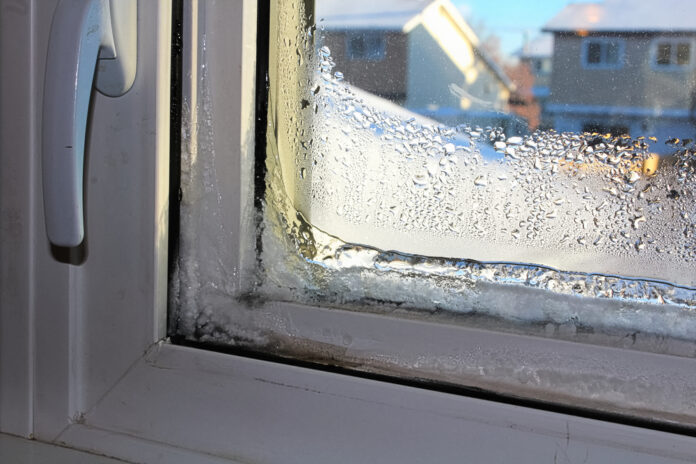
Effective draft-proofing requires knowledge of the common causes of draughts in window regions. The main offender is gaps between the window frame and the wall, which are frequently brought on by faulty installation or aging-related wear and tear. Draughts can also be caused by weatherstripping that is worn out and unable to seal the window when it is closed. Additionally, air leakage or infiltration around the window might be caused by improperly sealed joints and seams.
Caulking that needs to be replaced may have deteriorated on older windows. Finding these sources of draughts enables homeowners to focus on particular areas for improvement, whether using do-it-yourself techniques or hiring a professional. We can build homes that are more pleasant, energy-efficient and have better indoor air quality by addressing these problems.
A step-by-step guide to conducting a home draft audit
Conducting a home draft audit is the first step toward a draft-free home. Begin by carefully inspecting each window and its surroundings for visible gaps or cracks. Use a candle or incense stick to detect less obvious breezes. Note down problem areas and assess their severity. Pay attention to both interior and exterior opening surfaces. Once the audit is complete, you’ll have a clear understanding of the scope of work required and can plan your draft-proofing efforts accordingly.
Caulking and weatherstripping techniques for draft prevention
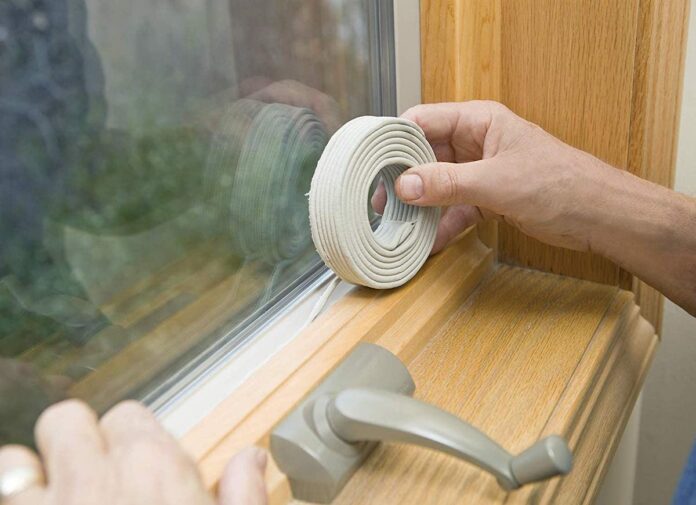
Caulking and weatherstripping are simple yet effective techniques to prevent drafts. Caulking is used to seal gaps between the frame and the wall, while weatherstripping is applied to movable parts like sashes and casements. Choose high-quality caulk and weatherstripping materials appropriate for your type and climate. Proper application is crucial for long-lasting results. With the right technique and materials, you can significantly reduce wafts and enhance your home’s energy efficiency.
Exploring window insulation options and their benefits
In addition to caulking and weatherstripping, various insulation options can further improve your home’s draft resistance. Installing storm openings is an excellent investment as they create an additional barrier against breezes and offer extra insulation. Another option is insulation film, which is affordable and easy to install, though it’s more suitable for temporary use. Insulated shades or blinds can also contribute to reducing drafts while adding a touch of style to your interior.
Comparing energy-efficient window treatments for insulation
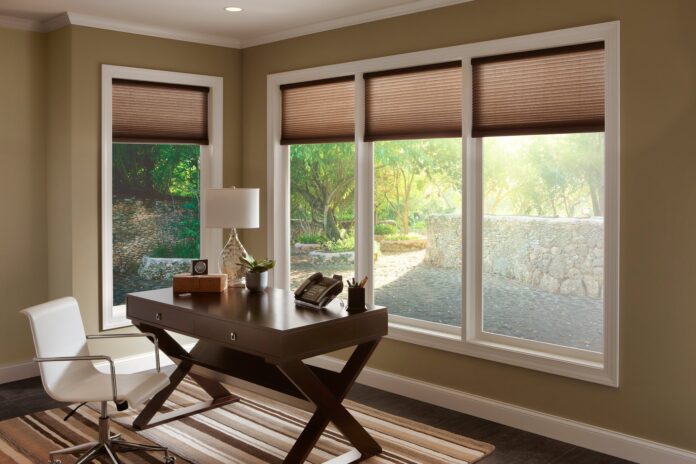
When it comes to insulating your windows and enhancing energy efficiency, comparing energy-efficient treatments is essential. Honeycomb or cellular shades are top contenders, with their unique design trapping air and providing excellent insulation. Insulated curtains with thermal backing are another strong option, reducing heat loss during colder months.
Window quilts and shutters are effective choices for improving insulation, offering both style and practicality. Each option comes with its advantages, such as cost-effectiveness, easy installation, or versatility. Depending on your specific needs and budget, you can choose the treatment that best suits your home’s requirements while significantly reducing breezes and energy consumption.
DIY approaches to insulating windows on a budget
Proofreading draughts doesn’t have to be expensive. Your windows can be insulated using a number of low-cost DIY methods without sacrificing efficacy. Rope caulk, a versatile compound that is simple to apply and remove, is one inexpensive choice. Fabric draught snakes can be made and then filled with insulating materials. When used properly, bubble wrap can serve as a temporary insulator. You may reduce your spending while making your home cozier by embracing these DIY methods.
Hiring professionals for window inspection and insulation
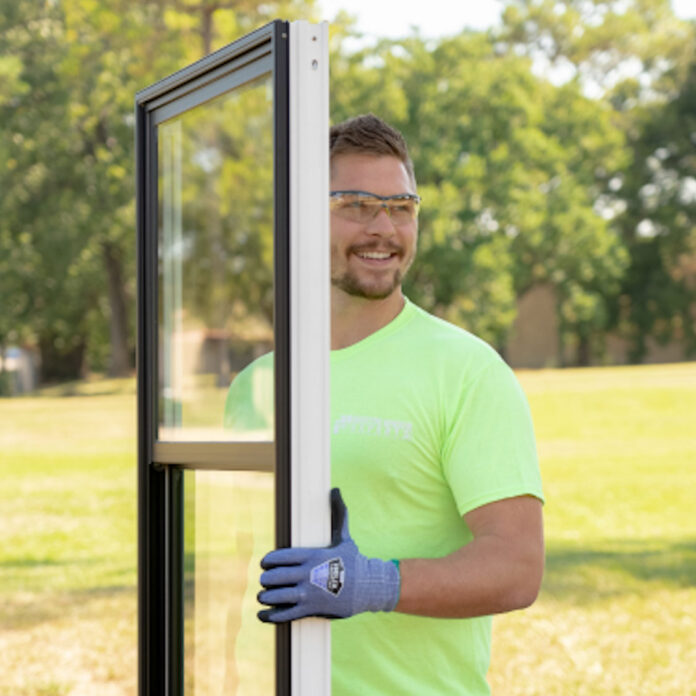
While DIY approaches are excellent for budget-conscious homeowners, some situations may require professional expertise from a siding company. If you have multiple drafts, extensive damage, or lack the confidence to handle the project yourself, it’s wise to hire professionals.
They can conduct a thorough inspection, identify hidden issues, and offer tailored solutions to meet your specific needs. Investing in professional siding company services ensures that the job is done right and guarantees long-term satisfaction. Their experience in dealing with exterior cladding and window installations makes them well-equipped to address any issues related to draft-proofing and insulation, giving you peace of mind knowing your home is in capable hands.
Addressing specific window types and their unique challenges
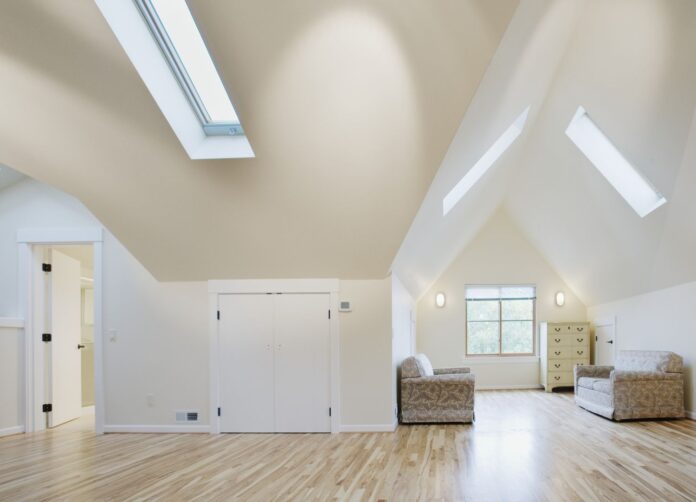
Different types come with their own set of challenges when it comes to draft-proofing. Double-hung windows, for example, require attention to both the upper and lower sashes. Sliding windows may need additional weatherstripping to prevent air leaks. Casement windows, on the other hand, benefit from carefully applied caulking around the frame. Understanding the nuances of each type allows you to apply targeted solutions for maximum draft resistance.
Long-term energy and cost-saving benefits of draft-proofing
Draft-proofing your home with exterior windows is an investment that pays off in the long run. By minimizing heat loss and heat gain, you can reduce your reliance on heating and cooling systems, leading to substantial energy savings. Lower energy consumption translates to reduced utility bills and a positive impact on the environment. Moreover, draft-proofing contributes to a more comfortable living space, free from cold drafts and excessive heat. Embrace these tips, and you’ll be on your way to a draft-free, energy-efficient, and cozy home.


